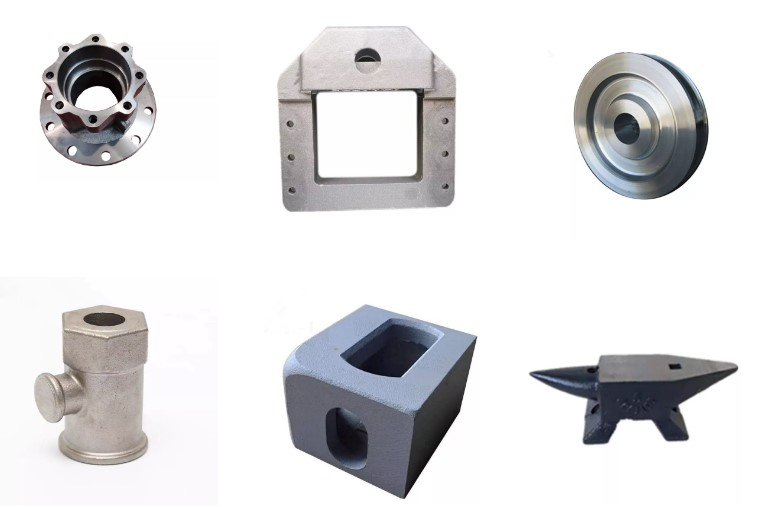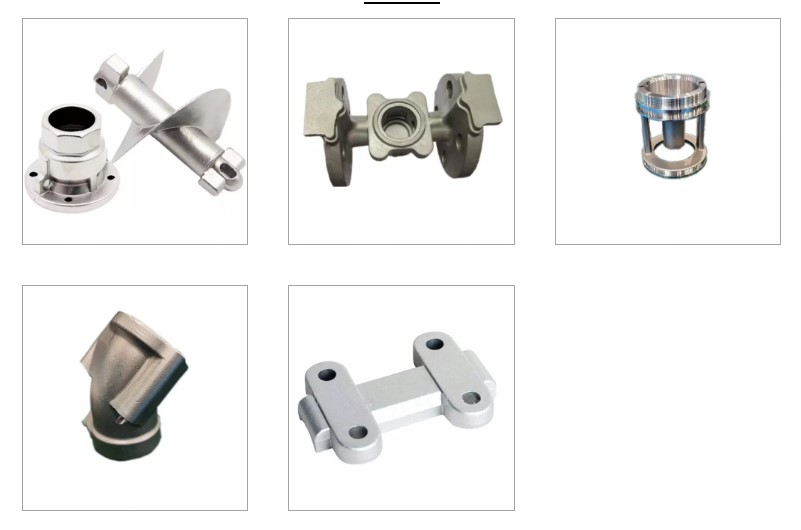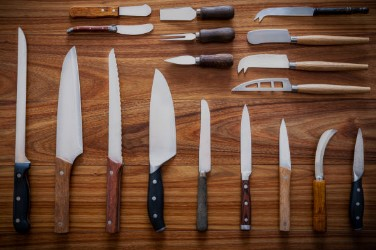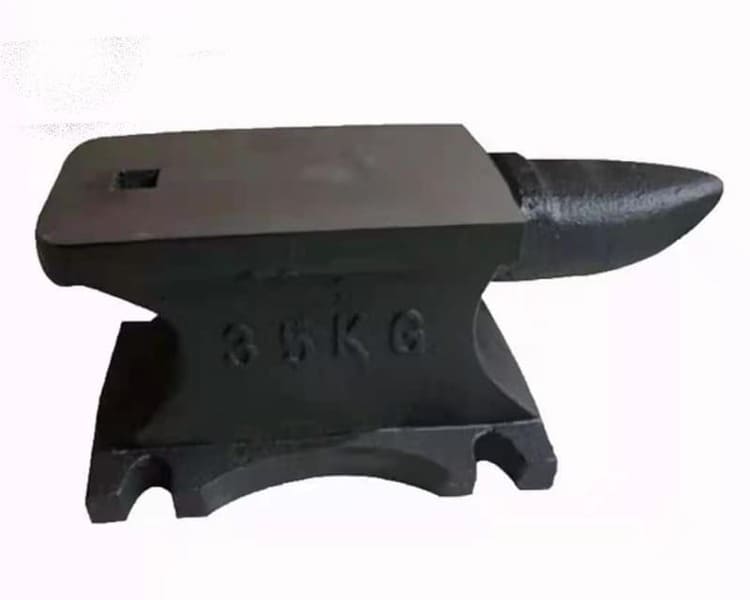When selecting a type of metal for a project, one of the first considerations is often whether to use carbon steel or stainless steel. Both metals have a wide range of applications and the same basic ingredients but differ in their properties. So, how do you choose between the two?
What You Need to Know About Carbon Steel

Carbon steel is a metal alloy of iron and carbon and is one of the most commonly used materials in the world. Carbon steel comes in various forms, including bars, plates, sheets, tubes, and wires. Each has unique properties and benefits, so choose the form that best suits your needs.
Carbon steel has different grades. It has varying mechanical properties based on carbon content. A bad grade of carbon steel can affect the performance of the product.
Carbon steel is relatively easy to take care of when it comes to maintenance. It doesn’t require special treatments or coatings to prevent rust or corrosion. However, it is important to note that regular cleaning and maintenance can help extend the material’s life.
Components of Carbon Steel
The primary component of carbon steel is iron. It is usually in the form of iron ore, which needs to be heated and processed to be formed into the desired shape. Iron is combined with other elements, like manganese, nickel, and molybdenum.
The amount of carbon added to the iron determines the strength and hardness of the resulting alloy.
Manganese is an important component of carbon steel because it helps to form the steel’s structure and increases its strength. It also helps reduce brittleness and improves the weldability of the alloy. Nickel and molybdenum also increase the strength and hardness of the steel.
In some uses of iron, a black protective coating creates a barrier between the metal and the environment.
Low Carbon Steels
Low-carbon steels are relatively easy to work with and can be welded easily, machined, and cut, making them a great choice for fabrication projects. They are also relatively easy to heat-treat, allowing for various strength and hardness levels.
It is a combination of iron and low carbon content. The addition of carbon component increases its strength and hardness while still keeping it relatively low cost. It is highly malleable and can be bent or shaped into various forms.
Medium Carbon Steel
Medium carbon steel is an alloy steel that contains between 0.3 and 0.6% carbon, making it more susceptible to corrosion than stainless steel.
The amount of carbon added determines the mechanical properties of the steel. The alloy can be hardened through heat treatment, often used to improve its wear resistance and strength.
High Carbon Steel
High carbon steels are a grade of carbon steels that contains a higher carbon content, usually between 0.6% and 1.4%. It defines carbon steel to be harder and stronger than regular carbon steel. It is often used in applications such as cutting tools, knives, and springs.
However, it is more difficult to weld than other types of steel and can be more prone to cracking and warping when exposed to high temperatures.
Where Carbon Iron Alloy Is Best Used
One of the most common uses for carbon iron is in the automotive industry. Automotive parts made from carbon steel are strong and durable and can withstand extreme temperatures and harsh conditions in the engine compartment.
It is also used to make engine components like pistons and crankshafts, as well as on train wheels and other components like transmissions and axles. The construction industry also makes use of carbon iron alloy.
Other uses of this metal are carbon steel knives. A carbon steel knife has an attractive dark color from the carbon content and often has a patina (tarnish) that develops over time. This patina can help protect the carbon steel blade from corrosion and rust.
What You Need to Know About Stainless Steels

Stainless steel comes in various grades, each with its specific characteristics. This versatile material is highly durable and easy to maintain, making it an excellent choice for various applications.
The stainless steel types you choose will depend on the application it will be used for. For instance, 304 is the most common grade used for kitchen appliances and cookware, as it is corrosion-resistant and easy to clean. 316 is a higher grade and is often used in marine and food processing applications, as it is more resistant to corrosion than 304. 410 is the most commonly used grade for bolts and screws, as it is magnetic and can be easily machined.
Components of Stainless Steels
Stainless steel is a steel alloy that contains at least 10.5% chromium content that acts as a protective layer. Other elements such as nickel, molybdenum, and nitrogen can also be added for increased resistance to corrosion, hardness, and other properties.
Other alloying elements can also be added to stainless steel to enhance its properties. These include manganese, titanium, and copper, which can increase strength, toughness, and corrosion resistance.
Austenitic Stainless Steel
It is an iron-based alloy with at least 10.5 percent chromium content and a relatively low carbon content.
Its face-centered cubic crystal structure makes it more ductile than other stainless steel alloys and gives it superior strength and resistance to corrosion. It is also non-magnetic and heat resistant.
Ferritic Stainless Steel
Ferritic stainless steel is a particular type of stainless steel with a high chromium content, typically between 11 and 30%. Ferritic stainless steel is typically used in automobile body components, kitchen appliances, and medical technology.
In addition, it has excellent corrosion resistance in many environments and is often chosen for its attractive appearance.
Stainless Steel Knife and Others: Best Use of Stainless Steel

Stainless steels have been the go-to material for kitchenware and knives for many years. The most common type of stainless steel used in kitchenware is the 300 grade. This is the most common type of stainless steel, a mix of chromium and nickel. It is both strong and durable, making it ideal for kitchenware applications.
Professional chefs prefer the 400 series of stainless steels. This is a harder and more durable type of stainless steel, making it ideal for stainless steel knives, cookware, and utensils that need to be tough, can resist corrosion, and feature superior sharpness. It is also non-magnetic and is not easily affected by environmental oxygen and acidic foods.
Main Differences between Carbon and Stainless Steel
Mechanical Properties
The significant difference on carbon steel vs stainless steel is carbon steels are much stronger and harder than stainless steel.
However, this increased strength and hardness also means carbon steel is more difficult to work with and may require special tools and techniques to shape and form.
Cost
Carbon steel is generally much cheaper than stainless steel, making it a more cost-effective choice for projects where budget is a concern. However, stainless steel will last longer and require less maintenance, so it may be worth investing in if you want a metal material that will last.
Content
Carbon Steel, as the name implies, contains a higher percentage of carbon. On the other hand, Stainless Steel contains a lower percentage of carbon and a higher percentage of chromium and other alloying elements.


